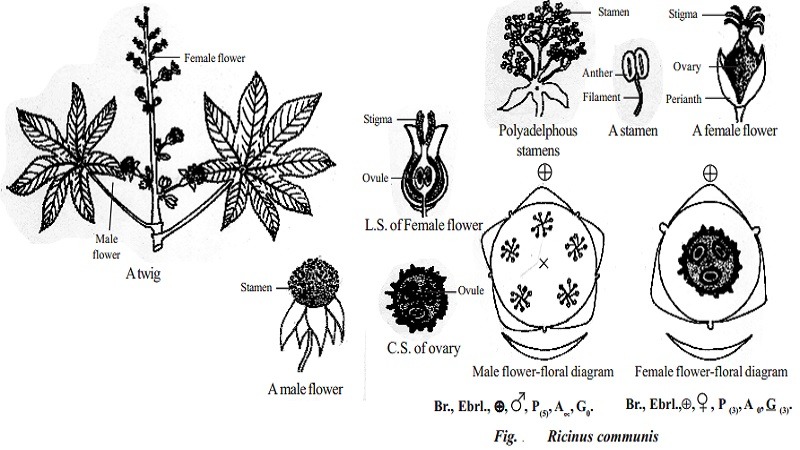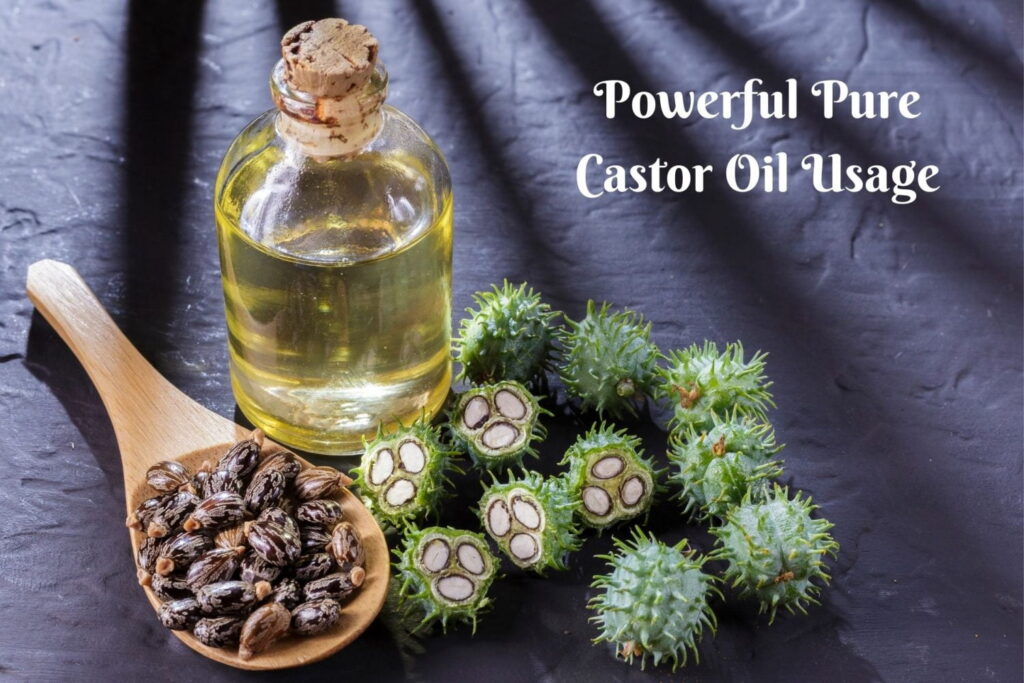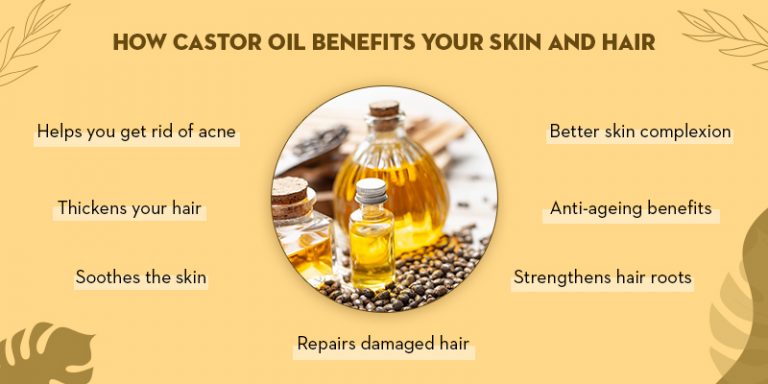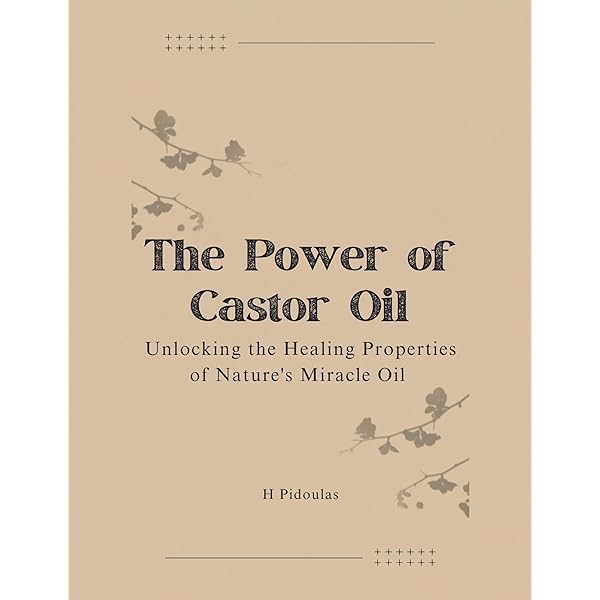Castor oil, known for its versatile applications, has a rich history dating back to ancient civilizations. The castor oil, extracted from the seeds of the castor plant (Ricinus communis), has been in use for centuries owing to its myriad benefits and properties.
I. Introduction
A. Brief Overview
Castor oil, a pale yellow liquid, has garnered attention worldwide for its numerous uses. From medicinal to industrial applications, its significance spans across various sectors.

B. Importance of Ricinus Oil
Recognized for its therapeutic properties and industrial applications, this oil plays a crucial role in diverse industries such as pharmaceuticals, cosmetics, and manufacturing.
II. History of Castor Oil
A. Ancient Origins
Ancient Egyptians used ricinus oil for medicinal purposes and as lamp oil, documenting its effectiveness in treating ailments and enhancing well-being in ancient texts.
B. Industrial Revolution
During the Industrial Revolution, this oil gained prominence as a lubricant for machinery and as a raw material in the manufacturing of soaps, paints, and varnishes. Its viscosity and durability made it a preferred choice in various industrial processes.
C. Modern Applications
In contemporary times, this oil continues to find applications in pharmaceuticals, particularly in the production of laxatives and topical ointments. In addition, the cosmetic industry extensively utilizes castor oil for skincare products and hair care formulations.

III. Origin of Castor Oil
A. Castor Plant
The castor plant, native to the Mediterranean region, is cultivated globally in tropical and subtropical climates. Known for its resilience and adaptability, the castor plant thrives in diverse environmental conditions.
B. Cultivation Regions
Major ricinus oil-producing regions include India, China, Brazil, and Thailand. These countries boast favorable climatic conditions for castor cultivation, ensuring a steady supply of castor seeds for oil extraction.
IV. Ingredients of Castor Oil
A. Ricinoleic Acid
Ricinoleic acid, a monounsaturated fatty acid present in this oil, contributes to its unique properties such as antimicrobial and anti-inflammatory effects. This fatty acid is primarily responsible for the therapeutic benefits associated with castor oil.
B. Other Fatty Acids
In addition to ricinoleic acid, this oil contains other fatty acids such as oleic acid and linoleic acid, which offer moisturizing and nourishing properties for the skin and hair.
C. Nutrients and Minerals
Castor oil also contains vitamins, minerals, and antioxidants that promote skin health and stimulate hair growth. These nutrients play a vital role in maintaining the overall well-being of the skin and hair.

V. Uses of Ricinus Oil
A. Medicinal Purposes
Ricinus oil is widely used in traditional medicine for its laxative properties and as a remedy for various gastrointestinal disorders. It is also applied topically to alleviate pain, inflammation, and skin ailments.
B. Industrial Applications
In the industrial sector, castor oil serves as a renewable resource for the production of bio-based lubricants, polymers, and plastics. Its biodegradable nature makes it an eco-friendly alternative to petroleum-based products.
C. Cosmetic Uses
In cosmetics, this oil is valued for its emollient properties, making it an essential ingredient in skincare formulations such as moisturizers, cleansers, and lip balms. It is also utilized in hair care products to nourish and strengthen hair strands.

VI. Conclusion
Castor oil, with its rich history, diverse origins, and beneficial ingredients, continues to be a valuable commodity in various industries. From ancient civilizations to modern times, its versatility and efficacy have stood the test of time, making it a cherished resource for health, beauty, and industrial applications.
